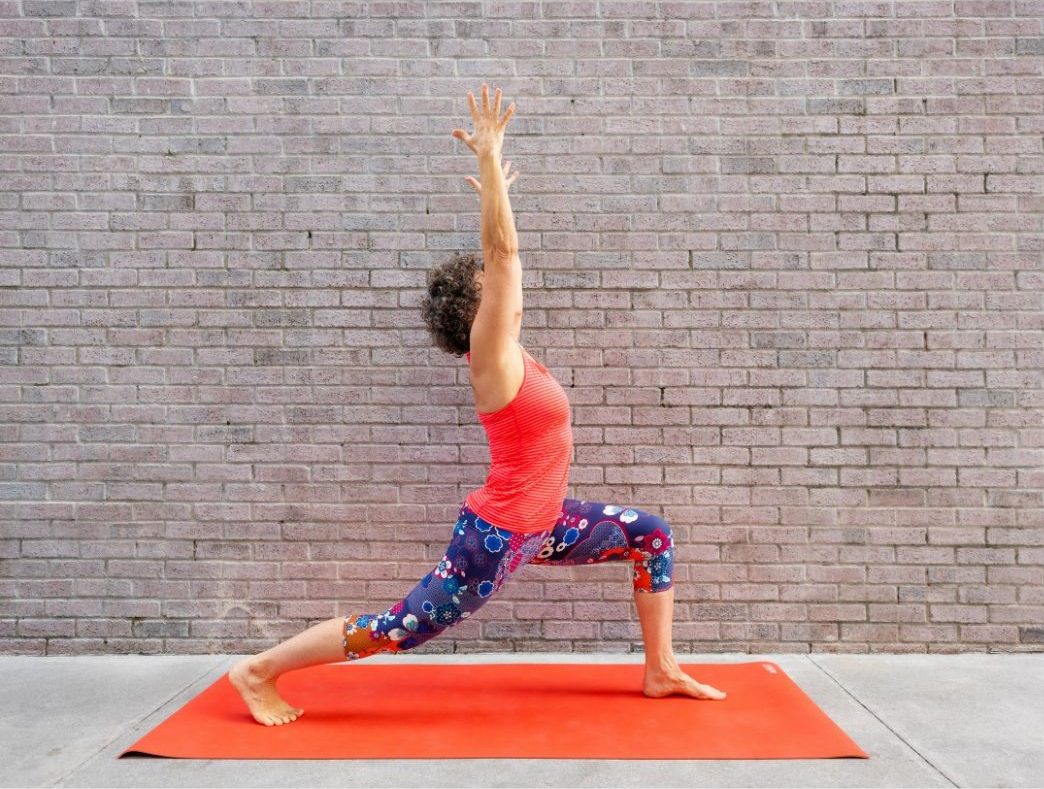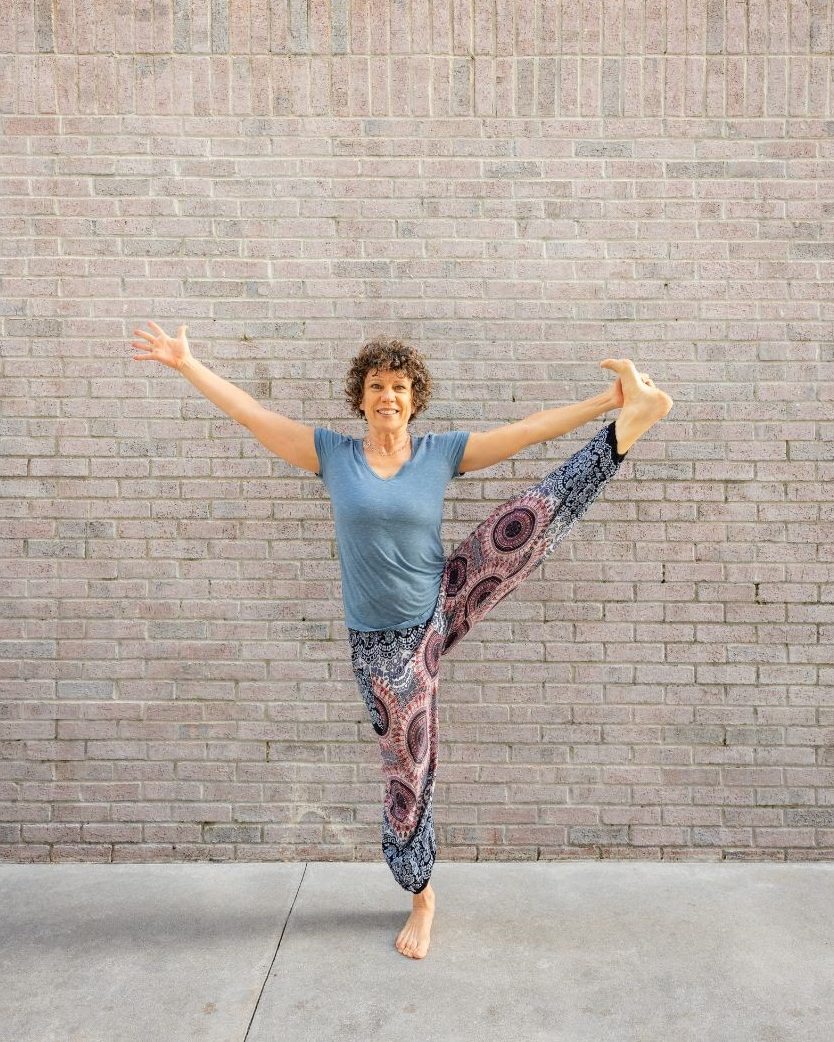Namita Nayyar:
You are trained in iRest Yoga Nidra healing guided meditation for anxiety, stress, insomnia, and chronic pain? Please throw some light on Yog Nidra and how it can help overcome various health issues?
Sonya Quijada:

Yes, I am a Level I certified teacher with the Integrative Restoration Institute (iRest). What I love about their Yoga Nidra process is the years of qualitative research Dr. Richard Miller has conducted to quantify in scientific terms the effects of Yoga Nidra on the neurological system. His efforts have allowed the Department of Defense and the Department of Veteran Affairs to support the proven methods of easing the effects of Traumatic Brain Injury (TBI) and relieving the consequences of Post-Traumatic Stress Disorder (PTSD). There are so many studies and efforts now in the veteran community using Yoga Nidra to treat chronic pain – it’s very satisfying to be a member of the teachers who can offer the options to those who need it in their lives.
The greatest benefit of Yoga Nidra is how it soothes the autonomic nervous system, which allows us to regulate ourselves mentally, emotionally, and physically. And the ease we create with that soothing then invites the healing our bodies can do and gives space for healing to occur. The iRest Yoga Nidra method teaches practitioners to have an Inner Resource available anytime, anywhere, which supports a person’s resilience and confidence in themselves for tough situations.
Namita Nayyar:
5 practice tips for beginners starting off with yoga?
Sonya Quijada:
Hmmn… Well, first, I often explain that yoga is more than physical exercise. The media in the U.S. has really emphasized only the asana limb of yoga, and it is taking many years for many teachers in many studios to expand the public awareness of the other aspects of the yoga practice (the yamas, the niyamas, pranayama, dharana, dhyana, etc.). A regular yoga practice can really help you, even if it doesn’t include asana.

Second, I suggest that people who have never practiced asana be open-minded about what “yoga” looks like and feels like in their bodies. Most people are not the same size and shape as the popular poster images, which has generated a sense of yoga being only for the slender, young, athletic, flexible bodies. I spend a large part of my marketing explaining how asana is accessible for EVERY body, ALL shapes, ANY size, and especially beneficial for the aging, senior demographic, the former athlete, and those living with long-term injuries or chronic pain. I tell folks I teach “clunky yoga for creaky bodies” to clarify my style of movements in my online yoga classes.
Third, I tell beginners to honor their bodies and come to their asana practice with willing curiosity, but with a clear understanding of what their healthy parameters are, especially if they are trying an online yoga class for the first time (because my studio teaches all online classes for accessible yoga).
Fourth, I invite people just starting their yoga practice to build a recurring routine that works for their current lifestyle. As a wellness coach, I assist people with creating the life they want, especially if they are unhappy or dissatisfied with their situation. The key to successful change is to make little shifts that work to support your best self.
Fifth, I challenge folks to weave their new yoga practice into their lives for at least four weeks, before deciding how (or whether) it is working for them. After a month, assess your practice, and your intentions, and adjust accordingly.
Namita Nayyar:
Your daily workout routine? How do you like to kick start your day?
Sonya Quijada:
I’ve been retired from the Army for seven years now, so I no longer have the strenuous physical training requirements of service members’ conditioning. But, I have realized that being in an aging body with injuries requires consistent strength training to manage functional fitness and mitigate chronic pain. I have added daily body mass workouts and weights routines to my long-time cardio exercise and yoga practice.
At 55 years old, I am living what one of my master’s teachers told me years ago: we have to work harder the older we get to maintain the minimum physical abilities. I tell my yoga students that our asana practice is to develop the mobility, strength, endurance, and balance we need for longevity. It takes effort to be able to live wholeheartedly.
Namita Nayyar:
The kind of diet do you follow? Foods like to incorporate into your diet and foods you like to keep to a minimum?
Sonya Quijada:
I follow a moderation diet, emphasizing the protein my body needs for muscle mass, including the vitamins I need for bone health, and with mindful awareness of the consequence of too much bread.
I break my fast with a bowl of oatmeal mixed with pepitas, walnuts, blueberries, and cinnamon, and I use smoothies often with my lunch or as my afternoon fortification. The over-50 and menopause conditions have constrained my long-time love of buttered toast, and I can no longer eat my favored croissant every day – LOL.
Disclaimer
The Content is not intended to be a substitute for professional medical advice, diagnosis, or treatment. Always seek the advice of your physician or other qualified health provider with any questions you may have regarding a medical condition.